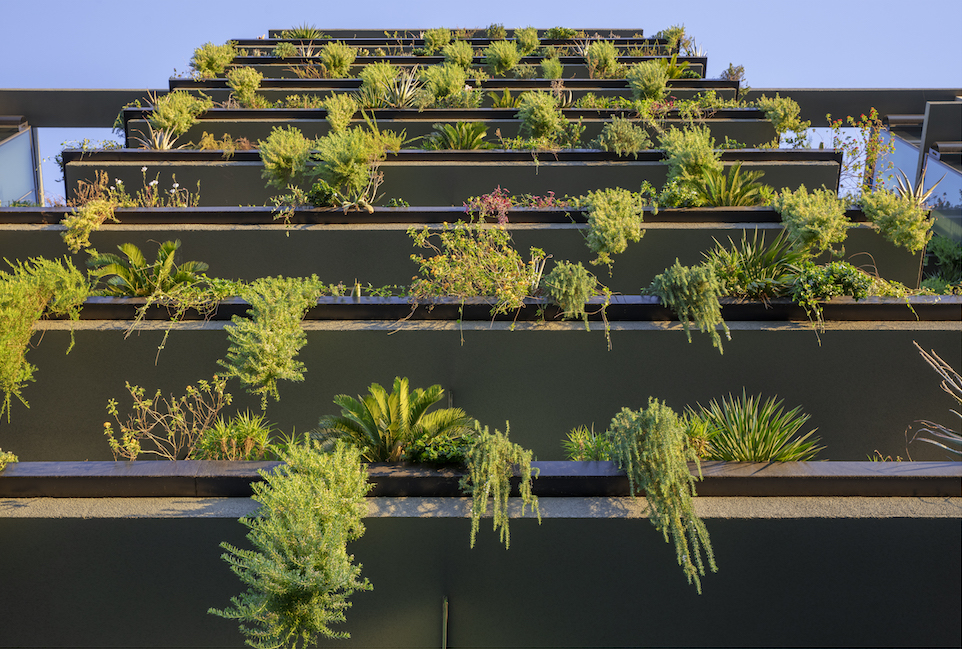Lush, verdant landscapes are a cornerstone of Optima communities. We’ve spent years of research and application honing our landscaping, arriving today at an innovative vertical planting system that incorporates self-containing irrigation and drainage. But just what is irrigation, why is it so important and how did we arrive at this solution? Today, we’re taking a closer look at the history of irrigation.
While our own landscaping research has gone on for decades, the history of irrigation dates back at least 8,000 years. The earliest known systems of irrigation originated in Egypt and Mesopotamia in 6,000 B.C. Fighting against the flooding of the Nile several months each year, ancient civilizations pioneered a technique to divert flood waters to nearby crop fields, thereby utilizing excess flood water for crops that would otherwise be difficult to grow due to lack of resources.
This ancient technique is credited as the basis of agricultural economies and societies across the world. As the process of applying controlled amounts of water to plants at needed intervals, irrigation aids in growing agricultural crops and maintaining vegetation in a way that conserves water, preserves soil nutrients and saves time and energy.
Before the Egyptian and Mesopotamian approach, primitive irrigation likely involved laborers carrying buckets of water from rivers and wells to water their crops. Increased innovation to control water flow where desired included innovations such as irrigation canals, dams, dikes, aqueducts and water storage facilities.
Nowadays, modern irrigation systems have evolved to include reservoirs, tanks and wells, with reservoirs serving to collect water from natural sources such as lakes and rainwater runoff. As our global agricultural output continues to rise, irrigation protects against droughts and famines, ensuring successful and widespread crop yields.

At Optima Kierland Apartments and Optima Sonoran Village, our self-containing irrigation and drainage system enables a palette of vibrantly colored plants at the edge of each floor to grow both up and over the edge of the building, culminating in a beautiful rooftop garden. Thanks to the innovations of many civilizations before us, these gardens are easy to maintain, and a beautiful natural respite for all our residents to enjoy.

